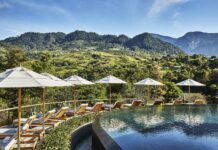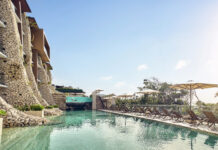Story and photos courtesy of Rob Squire, July 31, 2023
Just as it did for many of you, COVID wreaked havoc on my travel plans. I lost track of the number of trips that I planned and cancelled during that period, so I eagerly anticipated my recent trip to Southeast Asia. Being a Baby Boomer, I never thought I’d ever actually pay money to visit that region of the world which so many people tried so hard to avoid during the Vietnam war. I served in the US Air Force during that conflict but I wasn’t sent to Vietnam. While I realized that I did harbor some negative feelings about the area, I still wanted to see it.
Of the five countries that make up the Indochinese Peninsula, I visited Thailand, Cambodia, and Vietnam, reserving Laos and Myanmar for a possible future trip. Each country had its own unique personality and culture. Each was charming in its own way and each left me with its own memories to cherish.
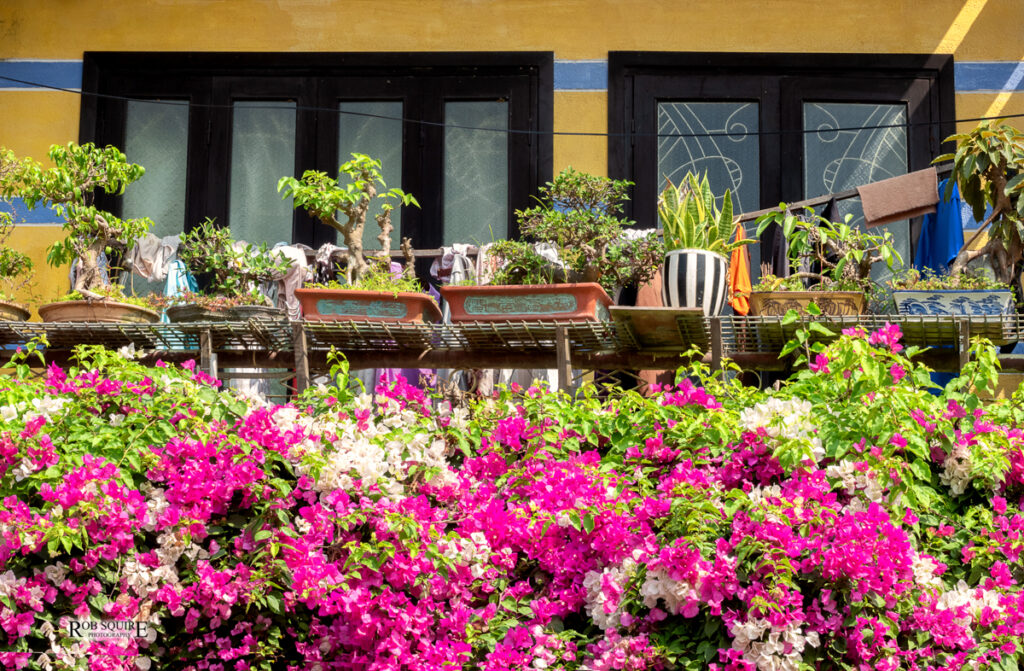
The major cities of Vietnam are quite varied. Hanoi in the north has a decided third-world feel, with old communist era buildings, and women carrying goods on their shoulders as generations have done before. Saigon, now called Ho Chi Minh City, felt quite different to me with more modern buildings, and had a more vibrant night life. Hoi An, with its almost resort-like atmosphere, was the most charming of all the cities that I visited. A very clean city, I found abundant flowers, music and laughter almost anywhere I turned.
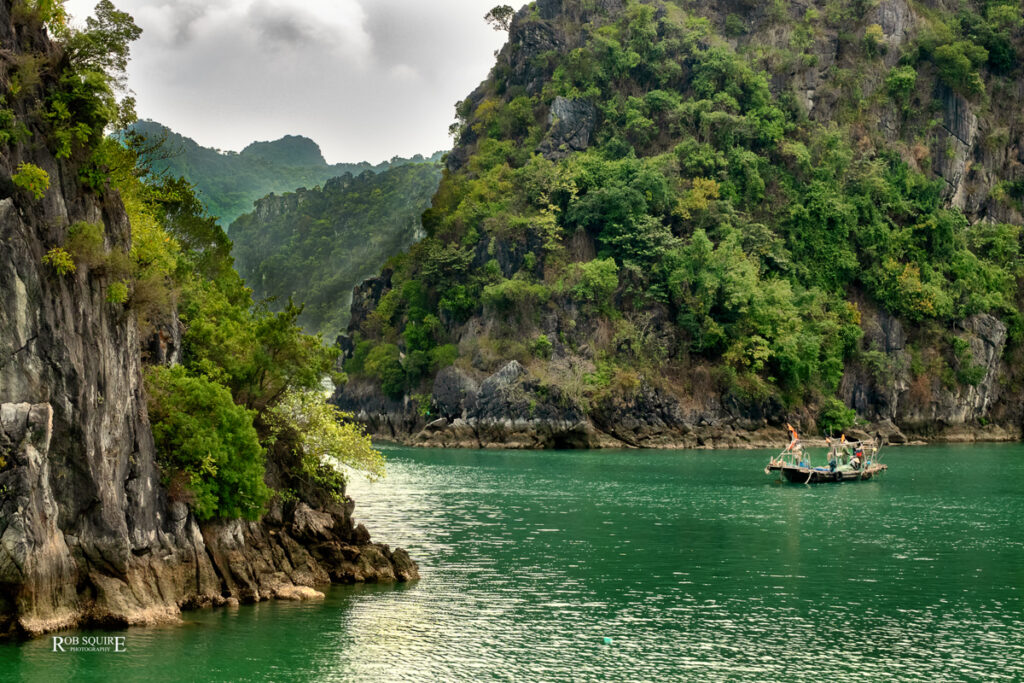
A boat ride in Vietnam’s Ha Long Bay is something most every visitor is sure to remember for many years to come. Fishermen maneuver their boats in the shadows of steep rock formations that jut out of the water as if they are growing before your very eyes. One of the islands even holds the colorfully-lit Surprise Cave. Editor’s note: For wellness travelers heading to Vietnam, be sure to check out Alba Wellness Valley by Fusion.
In Thailand, I found a museum that is easily the most interesting and unusual one that I’ve ever seen. The Erawan Museum was built by a Thai antiquities collector by the name of Lek Viriyapant who wanted to preserve his collection, some of which date back to ancient times. He chose to build his museum in the shape of an Erawan which is a three-headed elephant from Hindu mythology.
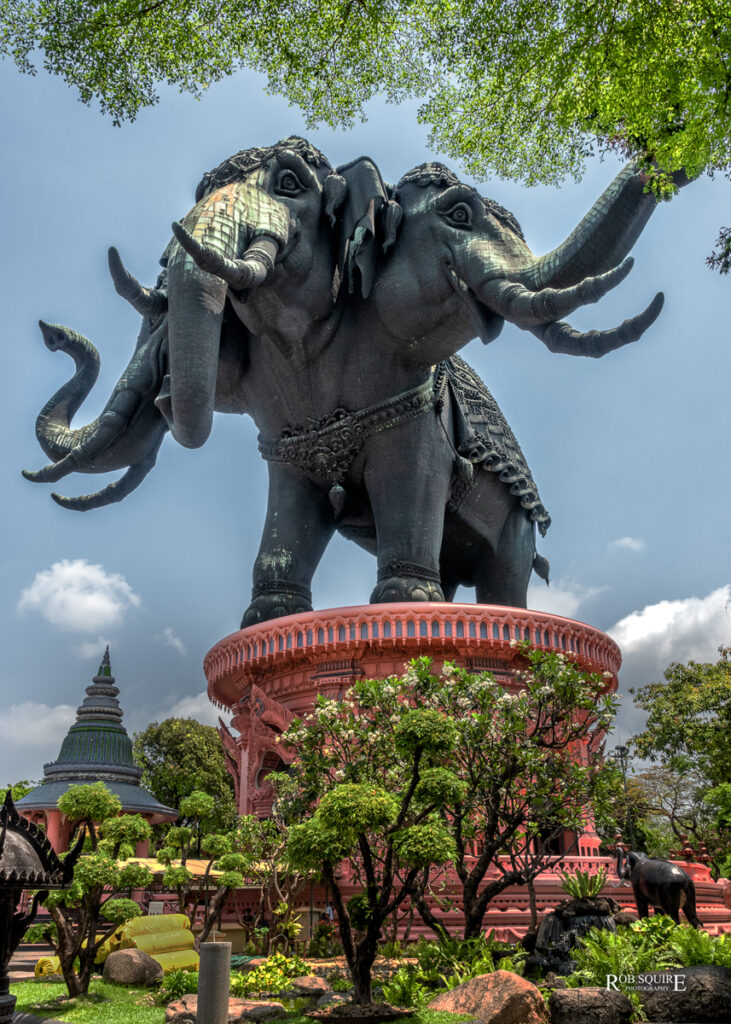
In Thailand, I found a museum that is easily the most interesting and unusual one that I’ve ever seen. The Erawan Museum was built by a Thai antiquities collector by the name of Lek Viriyapant who wanted to preserve his collection, some of which date back to ancient times. He chose to build his museum in the shape of an Erawan which is a three-headed elephant from Hindu mythology.
The museum has three stories. The bottom floor is found in the cylindrical base and holds the oldest part of his collection. The second floor is beyond description. It’s an explosion of color and detail, and you could easily spend hours examining all there is to see. The curved stairway on either side leads to a circular stairway which ascends up the inside of one of the elephant’s legs to the third floor. There, inside the Erawan’s belly, you find a gorgeous and colorful shrine to Buddha.
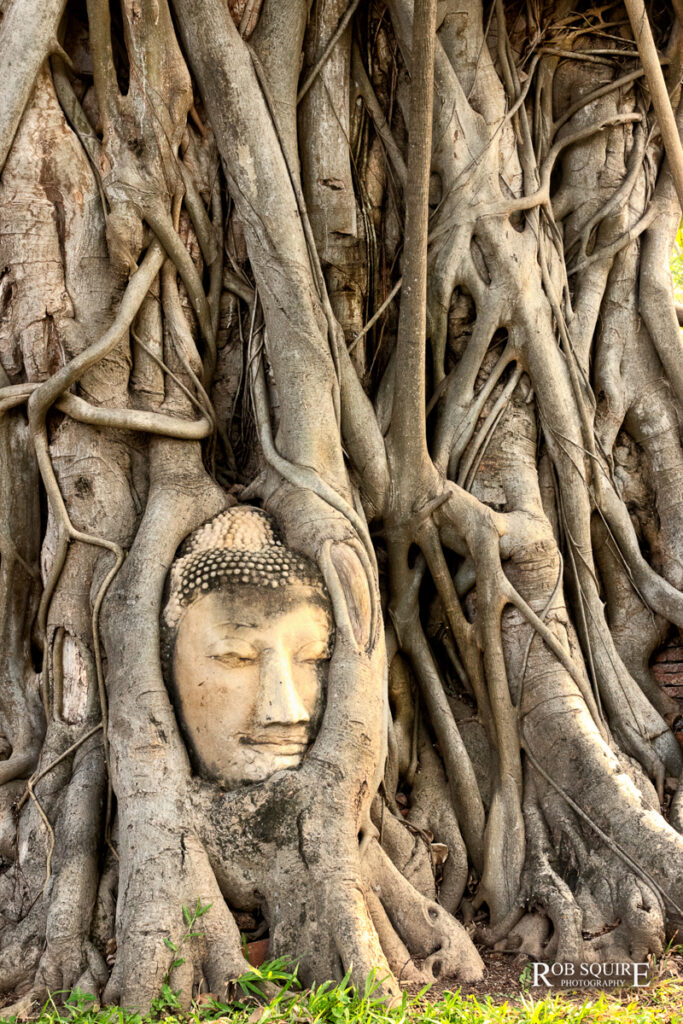
In Ayutthaya, which was the seat of the Thai government before it moved to Bangkok, I found fascinating temples. In years past, Burmese invaded Thailand and destroyed many of the works of art they found, decapitating statues of Buddha in the process. I even found one such head that had laid in place for so long, a banyan tree had grown up around it, leaving an eerie half-smiling face in the trunk.
For me, the highlight of the entire trip was the temples I found in Siem Reap, Cambodia, some of which were built as early as the 12th century. It was thrilling for me to stand in front of the familiar domes of Angkor Wat, and to walk through the same doorways and down the same walkways that countless other people had crossed in the hundreds of years before me.
The intricate carvings, faded and weather-worn over the years, exhibited a level of craftsmanship unmatched in today’s architecture.
To the north, Angkor Thom is a nearby temple complex that is much larger and to me, more varied than Angkor Wat. Some were partially restored, while others were so overgrown that it was almost difficult to tell where nature started and man’s creations ended.
Asia is a land that is about as different from life in the United States as anywhere can be. With surprises around every corner, if you bring your sense of adventure with you, you’ll be rewarded with a fun and enriching experience.
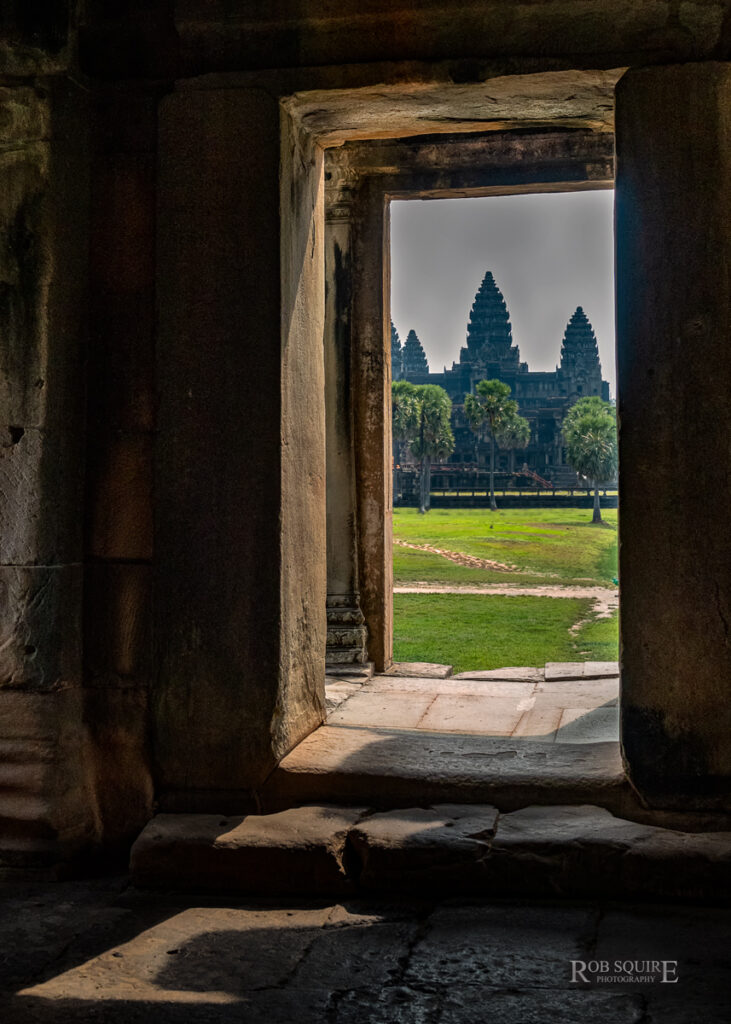
Photo tip: Sometimes when you shoot an iconic and easily recognizable subject, the resulting photo can be boring. What you thought would be an incredible photo can turn out to be just the same one that everyone else has taken. I was faced with that dilemma when I was shooting Angkor Wat in Cambodia. The shots I was initially taking seemed the same as everyone else’s photos of that iconic temple. If you are ever in that situation, the solution is to find a way to make the photo your own.
The way I did that at Angkor Wat was to go to another building on the grounds and shoot thru a unique doorway, placing the familiar domes in the background. Use your imagination and creativity, and your friends will love to see your vacation photos!
Travel to Wellness contributor Rob Squire is a professional travel photographer who has visited over fifty countries. When not traveling the world, he is based in Denver, Colorado. You can see his work by visiting RobSquirePhotography.com or by following his Facebook page.







